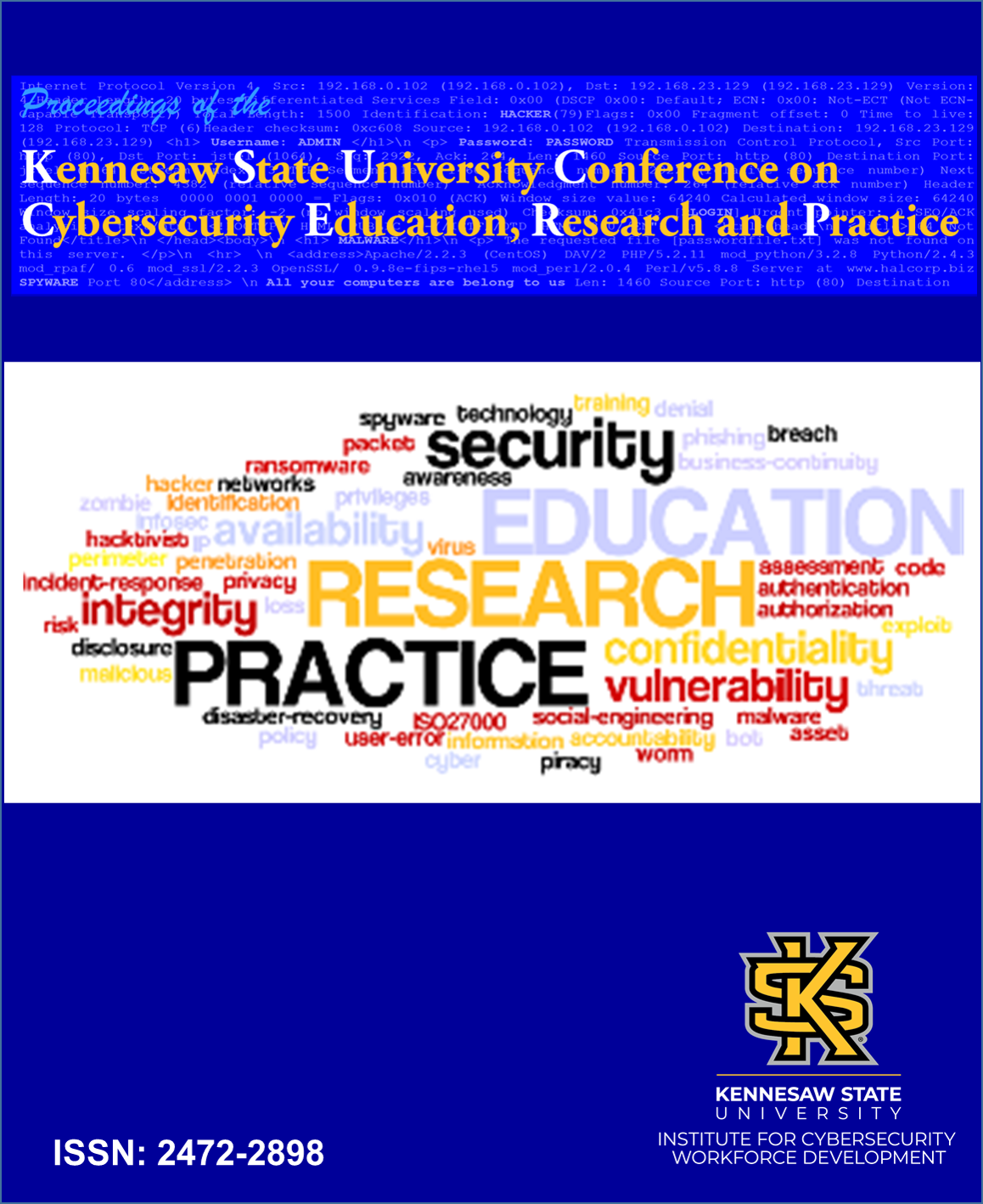Abstract
Many web application security problems related to intrusion have resulted from the rapid development of web applications. To reduce the risk of web application problems, web application developers need to take measures to write secure applications to prevent known attacks. When such measures fail, it is important to detect such attacks and find the source of the attacks to reduce the estimated risks. Intrusion detection is one of the powerful techniques designed to identify and prevent harm to the system. Most defensive techniques in Web Intrusion Systems are not able to deal with the complexity of cyber-attacks in web applications. However, machine learning approaches could help to detect known and unknown web application attacks. In this paper, we present machine learning techniques to classify the HTTP requests in the well-known dataset CSIC 2010 HTTP (Giménez et al., 2012) as normal or abnormal traffic, and we compare our experimental results with the results reported by Pham et al. in 2016 and Nguyen et al. in 2011. These experiments produce results for overlapping sets of machine-learning techniques and different sets of features, allowing us to compare how good the various feature sets are for the various machine-learning techniques, at least on this dataset.
Keywords: intrusion detection system; anomaly detection; web application attacks; machine learning.
Included in
Analyzing HTTP requests for web intrusion detection
Many web application security problems related to intrusion have resulted from the rapid development of web applications. To reduce the risk of web application problems, web application developers need to take measures to write secure applications to prevent known attacks. When such measures fail, it is important to detect such attacks and find the source of the attacks to reduce the estimated risks. Intrusion detection is one of the powerful techniques designed to identify and prevent harm to the system. Most defensive techniques in Web Intrusion Systems are not able to deal with the complexity of cyber-attacks in web applications. However, machine learning approaches could help to detect known and unknown web application attacks. In this paper, we present machine learning techniques to classify the HTTP requests in the well-known dataset CSIC 2010 HTTP (Giménez et al., 2012) as normal or abnormal traffic, and we compare our experimental results with the results reported by Pham et al. in 2016 and Nguyen et al. in 2011. These experiments produce results for overlapping sets of machine-learning techniques and different sets of features, allowing us to compare how good the various feature sets are for the various machine-learning techniques, at least on this dataset.
Keywords: intrusion detection system; anomaly detection; web application attacks; machine learning.


